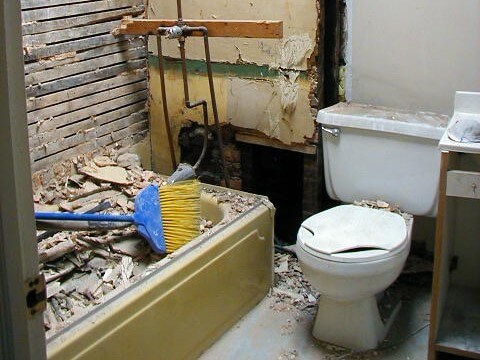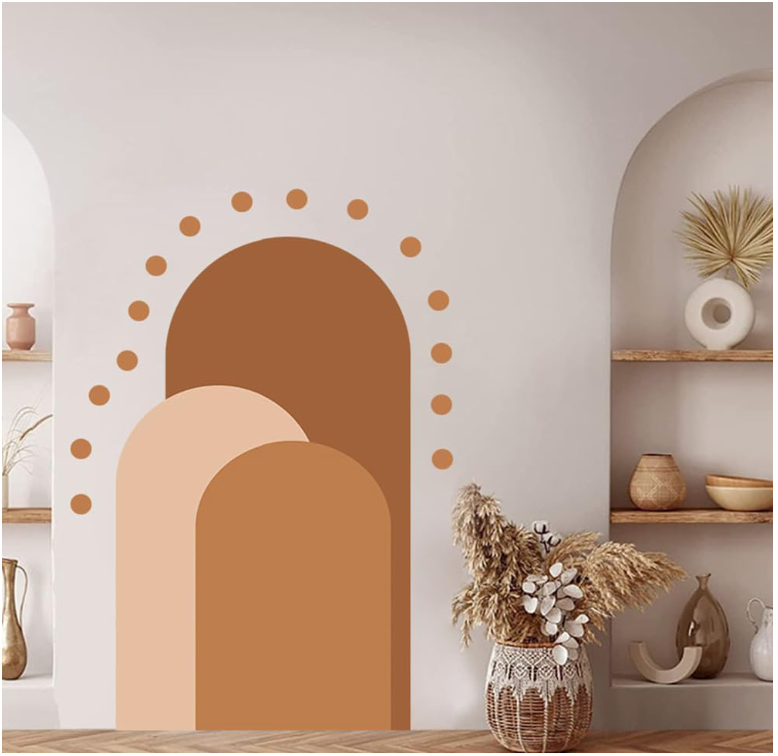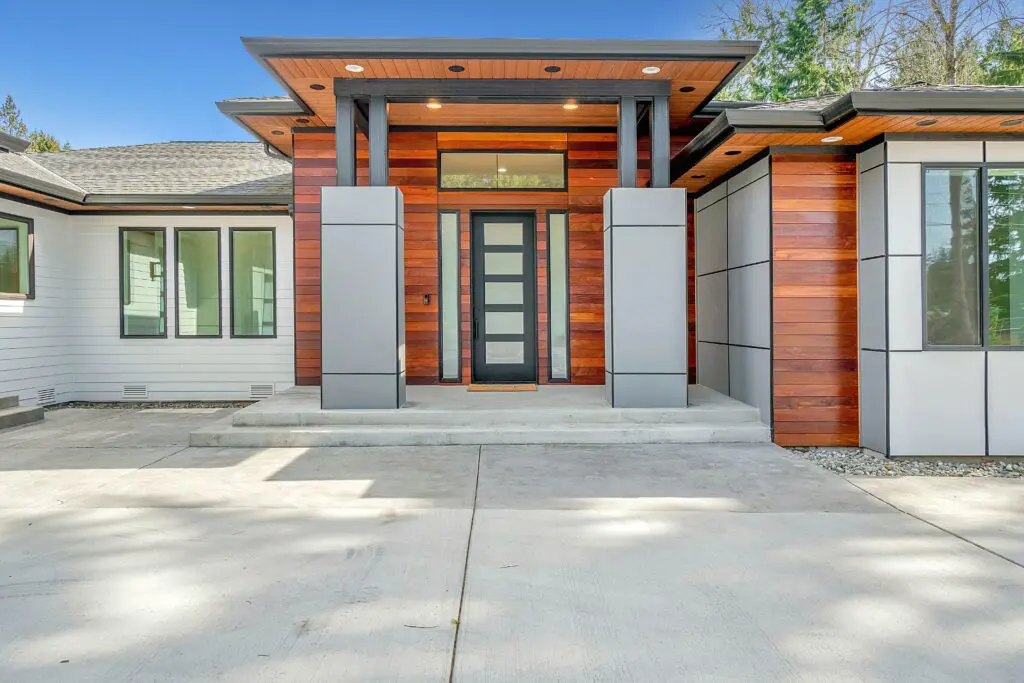You’ve bought your dream house…well, almost. Because of these challenging economic times, you’ve moved forward and bought yourself a reasonably priced house that has “potential”, has great bones, and is a-l-m-o-s-t the home of your dreams, but there are some definite renovations you’ll need to do to get it all the way there.
I’m a huge fan of “Property Virgins“, hosted by Canuck Sandra Rinomato, mainly because I am one! Each episode I’m allowed to live vicariously through a new virgin’s adventure and inevitably large learning curve to home ownership. Sandra’s job is to not only find “the one” for her clients, she is there to educate and essentially hand-hold real estate newcomers through the home buying AND home owning process.
Her most recent tip was a little head-scratching, but with some thought, made a lot of sense: If buying a home which requires renovations, live in it for a while (1-6 months) before making any major changes. Why? Her reasoning is the following:
1. Learn “the flow”-how you move about the home.
This made sense to me immediately as in my current home, our bathroom has two doors: one to the laundry room that connects to our kitchen, and another to the hallway that connects to the bedrooms of the house. At first, we thought we would block the door leading to the laundry room so we could have more room to wash our clothes. At the last minute, we decided against it. To this day we’re thankful because we use that door every day many times a day! It created a secondary path to the kitchen and back and we love that function in our house.
2. Learn the “feel” of the overall structure of your new home.
Major renovations such as removal or cut-outs of walls, flooring, additions, etc. should be planned out and the decision to make these changes should be educated. Often times, we think we want to remove a wall or add a bathroom here or there, but without living in the home and feeling how we live in it, might cause us regrets down the line. Open concept is very popular today, but maybe having that private reading room or sitting room feels nice (especially with kidlettes running around or when family comes to visit). Also, tearing out that upstairs berber or level loop pile flooring and replacing it with hard wood is great conceptually, but warm carpet sure feels nice when your feet hit the floor first thing in the morning, not to mention how it dulls the sounds of stomping, running feet of the kids playing upstairs. Hmm…just a thought.
3. Learn if there are other repairs or changes structurally or functionally necessary.
Oops! You just spent over $10,000 on that new bathroom and kitchen wall demo before you even moved in. Now, three months later (after that April shower), you see a water stain on the hallway ceiling and feel a wet spot on your carpet just below it. You contact a roofing contractor (er…on DiggersList.com), they come out to inspect the problem, and inform you that the initial home inspection missed an area in your roof that needs repair. In addition to that, the hallway ceiling needs to be patched and painted, the insulation in your attack replaced, and the carpet and padding needs to be aired out and cleaned.
This story comes directly from my mom’s house. This just happened, and luckily it was isolated to the one area in her hallway.
With this in mind, I think Sandra Rinomato’s advice to “live in it” is wise. Major renovations can be expensive, so being confident of the changes you wish to make…well…makes sense!












